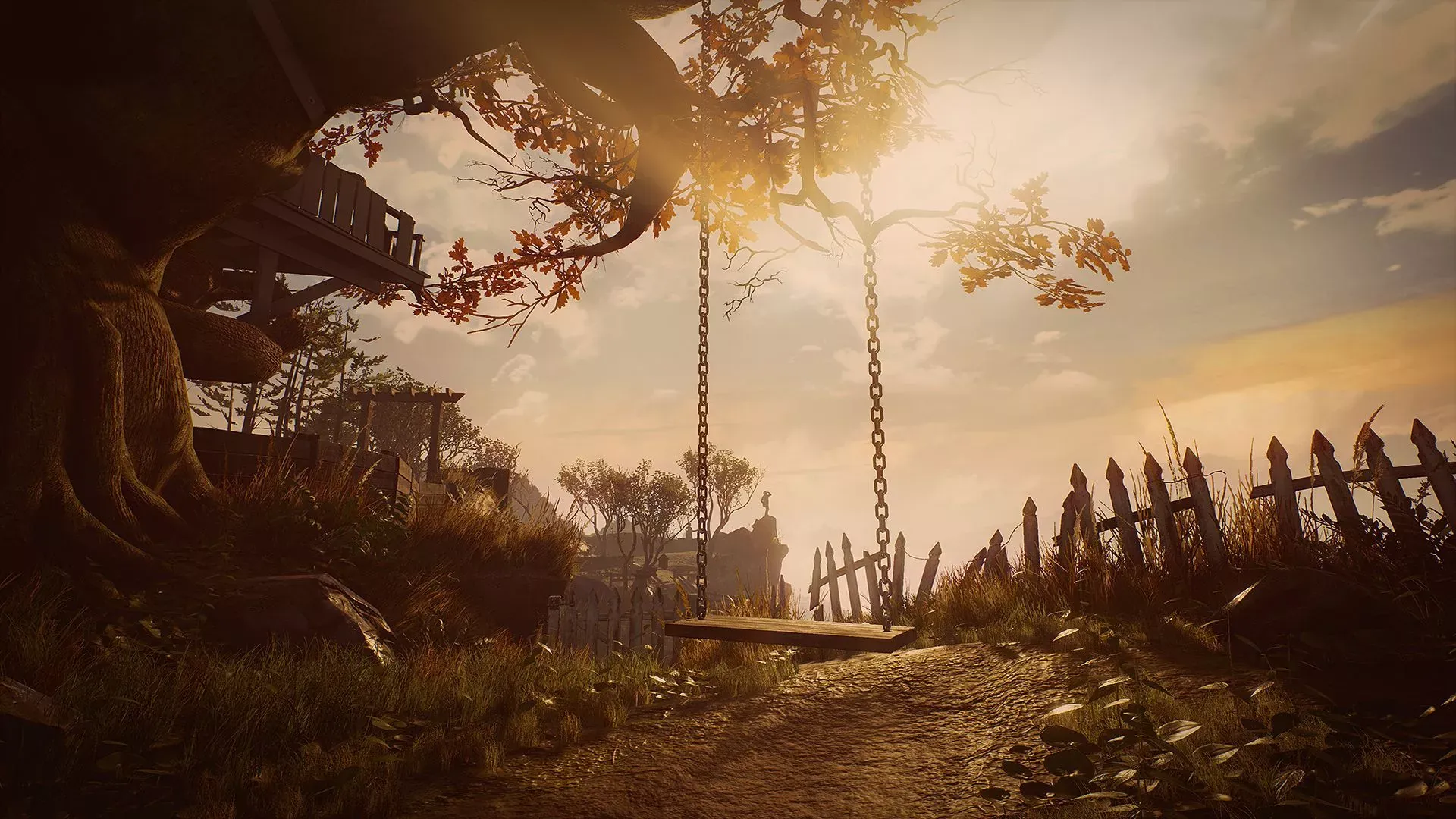Life, Death, and a House
What Remains of Edith Finch and the beauty of family

There’s not a one of us that can escape our complicated family histories. They’re all different, unique, and filled with both tragedy and joy. In Giant Sparrow’s 2017 game, What Remains of Edith Finch, the exploration into a family’s tragic and mortal past is treated like an art form of itself, the stories of each member of the Finch family unfolding in curated dramas that make up the tapestry of the whole.
Akin to other walking simulators such as Gone Home, Everybody’s Gone to the Rapture or Giant Sparrow’s previous game, The Unfinished Swan, What Remains of Edith Finch is extremely narrative forward, the gameplay serving to motivate the player from one set piece to the next. The individual stories of the family members are scattered throughout the Finch house, which is itself a marvelous museum-like labyrinth, a tiered mansion evocative of the Pink Palace from Neil Gaiman’s Coraline. We play as Edith who has come home after years of being away, as she puts together the pieces of her past in order to fill a journal that might dictate the history of her eccentric and tragic family.
Unlike many other entries in the walking simulator “genre,” Edith Finch smartly tells the tale of each enshrined family member through a series of surprisingly different gameplay mechanics — some of the stories are even done through different graphical styles and mediums, such as a slide show or comic book (a certain “Halloween” segment is especially satisfying). As the stories are presented and finished from the perspective of each family member, Edith comes to term with the image of her family as a whole, observing them as important and interesting parts of who she is as a person.

Similar to other narrative forward games that have followed this style over the years, What Remains of Edith Finch should be attempted in one single sitting, if possible. While it is a video game, the narrative is meant to be absorbed more like an interactive film, with each layer of the story coming together swiftly. I finished the game in a little under two hours, and the entirety of the experience left me pondering my own family, future, and meaning.
This is a game about death. A game about how overcoming the concept of a generational curse might affect the behaviors, choices, and mental states of a family whose closeness was contentious and sometimes toxic. Edith’s exploration of her family’s generational home and property is done so with the mentality that she is unearthing her past for the sake of all those that lived before her, honoring each of them in the same way that they are honored within the museum-like landscape of the Finch home. Every single family member segment is unique, compelling, and thoughtful — the game’s narration comes together in such a succinct and poignant way that you will be thinking about it for long after.
Giant Sparrow received many accolades for this title, all well deserved. Set against the backdrop of Orcas Island, Washington, the imagery is as beautiful as it is haunting. There is a fairy-tale like quality in the way all of the Finch family member’s stories come together, even if most of them are gruesome to some degree. Remember, this is a game about death, and it will end up making you ponder your own life, and your place in the lives of those whom you love the most.
As the credits roll, and the perspective slowly pans back from the multi-layered lives of those who lived and died in the Finch house, I was astounded by how beautifully Giant Sparrow was able to convey the pain and tragedy of family, and how sometimes the curses we grow up believing in can perhaps be blessings for those we leave behind.
